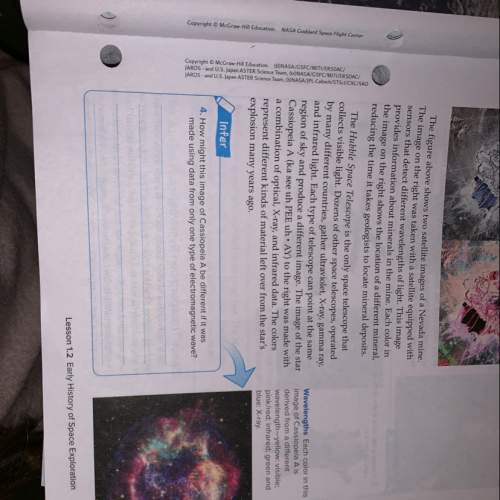A kayaker paddles across a river at a
constant speed of 4 miles per hour and a
bearing of N 6...

Mathematics, 14.01.2021 18:30 marissaimuniz
A kayaker paddles across a river at a
constant speed of 4 miles per hour and a
bearing of N 60 o E. Which current vector
results in the kayaker’s actual speed
being 5.9 miles per hour and the
kayaker’s actual direction being N 70 o E?
If necessary, round speed to the nearest
tenth and direction to the nearest degree.

Answers: 2


Other questions on the subject: Mathematics

Mathematics, 21.06.2019 18:00, ReeseMoffitt8032
In a graph with several intervals o data how does a constant interval appear? what type of scenario produces a constant interval?
Answers: 1

Mathematics, 21.06.2019 22:30, hbhdnjdndj1867
The moats separating people from the animals are 5 m wide for lions and 4 m wide for the elephants. if the lion’s moat is 4 m deep, how deep should the elephants’ moat be?
Answers: 1

Mathematics, 22.06.2019 03:00, pilarmonsivais
Anew obstacle course is home to several new types of challenging obstacles. one such obstacle is traversing a 15-stair staircase. to make it more challenging, the stairs are not uniformly spaced. rather, the vertical space between consecutive stairs for the first 10 stairs is 113 feet and the vertical space for the last 5 stairs is 134 feet. what is the total vertical distance traveled ascending and descending the entire 15-stair staircase?
Answers: 3

You know the right answer?
Questions in other subjects:

History, 24.09.2020 02:01


Mathematics, 24.09.2020 02:01


Mathematics, 24.09.2020 02:01

Mathematics, 24.09.2020 02:01


Mathematics, 24.09.2020 02:01


French, 24.09.2020 02:01




